Health and Wellness Trends
The Wheat Malt Market is influenced by the rising health and wellness trends among consumers. As individuals become more health-conscious, there is a growing interest in products that offer nutritional benefits. Wheat malt, known for its high fiber content and potential health advantages, is increasingly being incorporated into various food and beverage products. This shift is reflected in the market, where the demand for healthier alternatives is driving innovation in product development. For instance, the inclusion of wheat malt in baked goods and cereals is becoming more common, appealing to health-oriented consumers. Consequently, the Wheat Malt Market is poised to expand as manufacturers respond to these evolving consumer preferences.
Increasing Demand for Specialty Beers
The Wheat Malt Market is experiencing a notable surge in demand for specialty beers, particularly those crafted by microbreweries and craft beer producers. This trend is driven by consumers' growing preference for unique flavors and artisanal products. In recent years, the number of craft breweries has expanded significantly, with estimates indicating that there are over 8,000 craft breweries operating. Wheat malt plays a crucial role in the production of these specialty beers, contributing to their distinct taste and mouthfeel. As consumers continue to seek out innovative and diverse beer options, the Wheat Malt Market is likely to benefit from this increasing demand, potentially leading to higher sales and market growth.
Technological Advancements in Brewing
The Wheat Malt Market is benefiting from technological advancements in brewing processes, which enhance efficiency and product quality. Innovations such as automated brewing systems and improved malting techniques are enabling producers to optimize their operations and create high-quality wheat malt products. These advancements not only streamline production but also allow for greater consistency in flavor and performance. As breweries adopt these technologies, the demand for high-quality wheat malt is expected to rise, further propelling the Wheat Malt Market. Additionally, the integration of data analytics in brewing operations is helping manufacturers better understand consumer preferences, leading to more targeted product offerings.
Expansion of the Food and Beverage Sector
The Wheat Malt Market is closely linked to the expansion of the food and beverage sector, which continues to grow at a steady pace. As the global population increases and consumer preferences evolve, there is a rising demand for diverse food products, including those that utilize wheat malt as a key ingredient. This trend is particularly evident in the bakery and snack industries, where wheat malt is valued for its flavor-enhancing properties. Market data suggests that the bakery segment alone is projected to grow significantly, contributing to the overall demand for wheat malt. As the food and beverage sector expands, the Wheat Malt Market is likely to experience substantial growth opportunities.
Sustainability and Eco-Friendly Practices
The Wheat Malt Market is witnessing a shift towards sustainability and eco-friendly practices, as consumers and manufacturers alike prioritize environmentally responsible sourcing and production methods. This trend is particularly relevant in the brewing sector, where there is a growing emphasis on using locally sourced ingredients and reducing carbon footprints. Wheat malt, being a renewable resource, aligns well with these sustainability goals. Many breweries are adopting practices that minimize waste and promote sustainable agriculture, which in turn enhances the appeal of wheat malt products. As sustainability becomes a key consideration for consumers, the Wheat Malt Market is likely to see increased demand for products that are marketed as environmentally friendly.


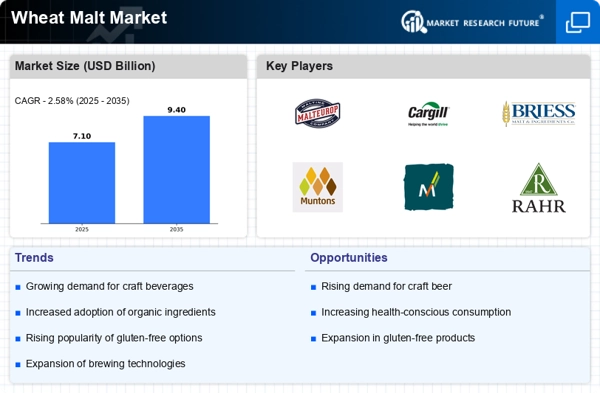
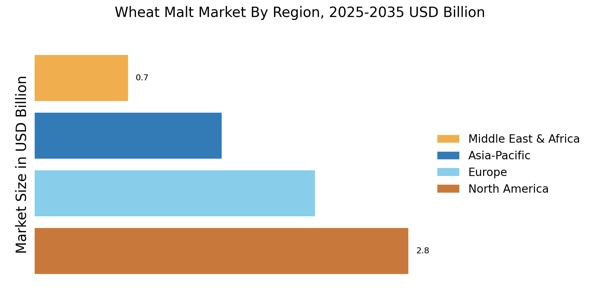
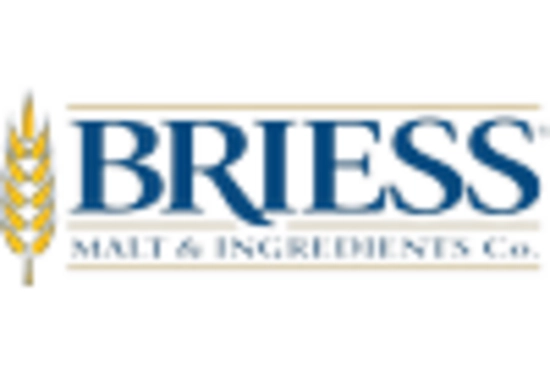

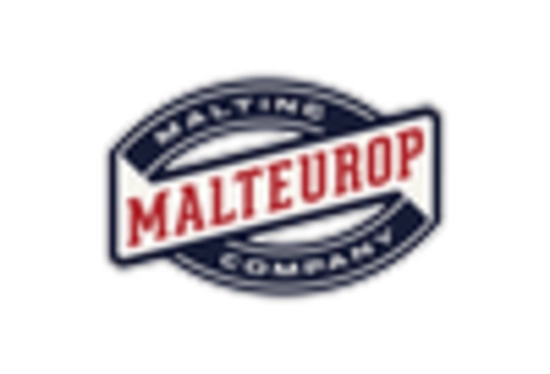

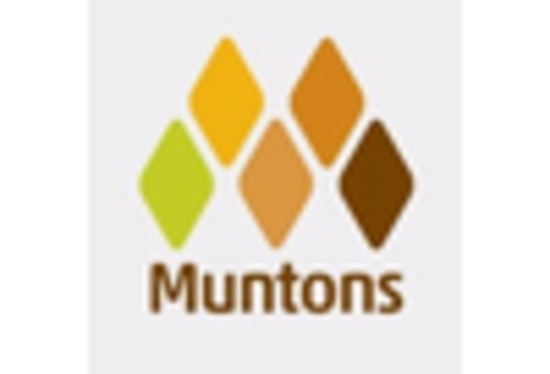
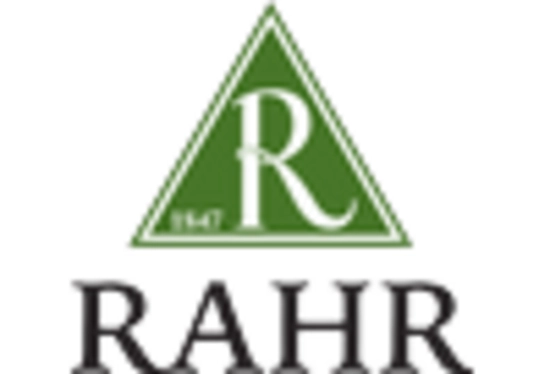








Leave a Comment